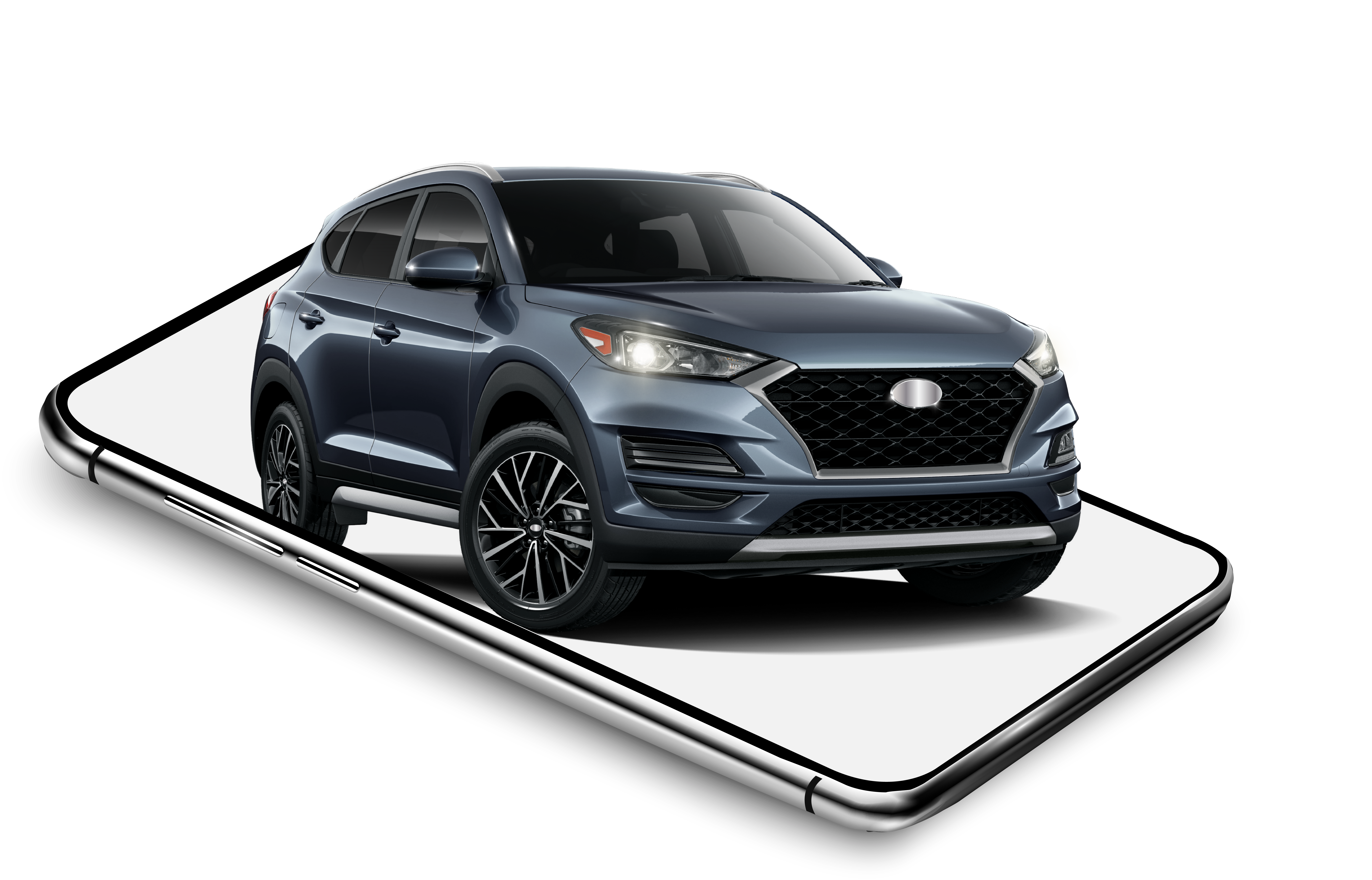
The auto buying journey has continued to shift over the past years. The traditional approach consists of a potential buyer researching online before visiting the dealership to learn, test drive, and eventually purchase the vehicle. Today this process is becoming more efficient. Most of the decision-making process takes place online, and the purchase of a vehicle is made through the dealership only once the final decision has been made.
The recent pandemic has accelerated this process as more people are spending time online, replacing multiple in-person interactions. 2020 was the year of rapid disruption and transformation in the way consumers shop for automobiles. The pandemic caused people to spend much more time online. It completely changed the way we manage our day-to-day existence.
People’s daily activities dramatically changed. For dealerships, being effective means thinking about how consumers are shopping for vehicles at home. Online visibility was always important, but now it is critical for success.
Hopefully, consumers will soon be able to reenter the dealership without fear or any safety issues. However, the pandemic has trained consumers to use the hybrid purchasing options they adapted to during the lockdown, like shopping online, taking delivery at the dealership or having the vehicle delivered.
Dealerships know that success moving forward means rethinking the ways they market their dealership and inventory to auto shoppers. This will impact the way dealers spend and invest their advertising budget. Making decisions based on data and results will be a cornerstone to a profitable dealership.
As COVID-19 vaccines become widely available and the U.S. economy gets back on its feet, dealers will look for innovative products and effective marketing to sustain and grow their retail sales volume.
Dealerships were forced to embrace the pandemic, lockdowns, inventory issues and more. Now, good operators are ready for anything.
Dealership Advertising for a New Paradigm
Successful dealership advertising involves more than simply listing your vehicles on a variety of third-party automotive shopping sites. It requires a multichannel inventory marketing campaign as well.
Fast-growing, high-volume dealerships rely on inventory marketing campaigns to increase their visibility online and get traffic to the inventory on their website. Building their online brand instead of leaving their fate to third-party shopping sites. They realize those third-party platforms are built to keep the consumer shopping in their site, bettering their brand not the dealership.
Leveraging inventory marketing campaigns will remove friction for your shoppers.
For an example, if an auto shopper is interested in a specific vehicle, “one-click” will bring them to the vehicle detail page of the selling dealership’s website. This direct action is extremely helpful for the consumer because anything that makes shopping more seamless, increases the online experience for the consumer.
If done effectively, inventory marketing campaigns will deliver the right vehicle, to the right shopper at the right time. These successful campaigns generate a high increase in website visits from new auto shoppers, while also decreasing the overall cost per vehicle view.
The smartest dealership operators think about how they make the most of their marketing budget. Measuring the cost per vehicle view is a metric most dealers should consider adding to their key performance indicators (KPIs). Tracking the amount of vehicle views by cost and per campaign will help you make better marketing decisions.
These days, consumers do 90% of the buying process before they reach the dealership, so the most important part of this process is getting the auto shopper to your inventory. Dealerships want shoppers to buy, but if the shopper does not know the vehicle is for sale, you’re not even in the game.
